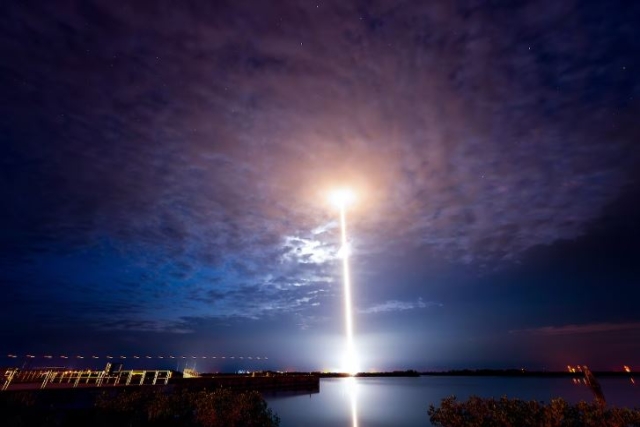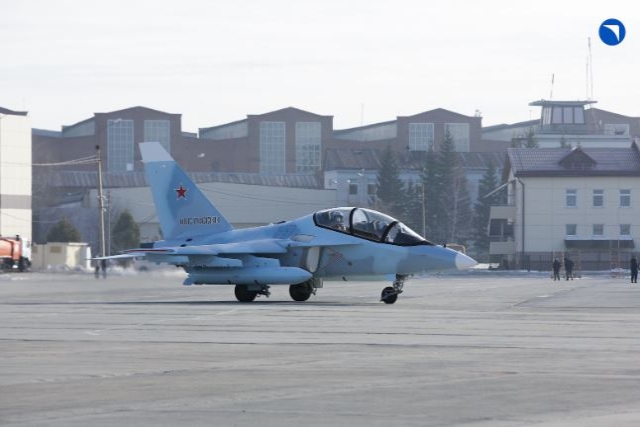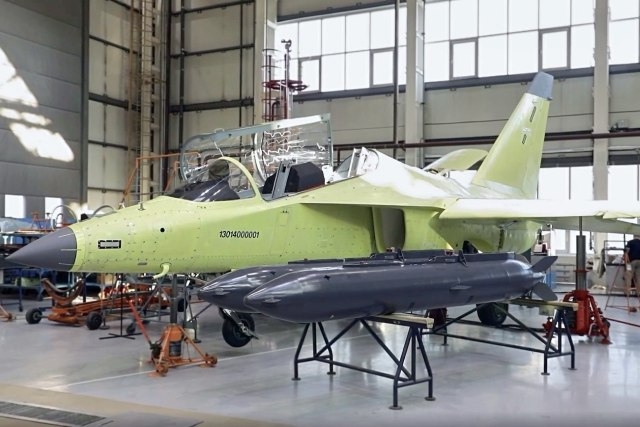U.S. Space Development Agency Working on Hypersonic Missile Interception Capability
SDA is accelerating the deployment of satellite systems crucial for connecting sensors to shooters and targets across global military services.

The U.S. Space Development Agency is working on capabilities to track hypersonic glide vehicles or advanced missiles using a cluster of low-earth orbiting satellites.
In pursuit of the Defense Department's Joint All-Domain Command and Control (JADC2) objectives, the Space Development Agency (SDA), under the leadership of Director Derek M. Tournear, is accelerating the deployment of satellite systems crucial for connecting sensors to shooters and targets across global military services.
Speaking virtually at a National Security Space Association event, Tournear highlighted the essential role of satellites in enabling JADC2 functionality. The SDA, in collaboration with industry partners, is committed to placing a network of satellites in orbit to facilitate seamless communication, including Link 16 radios, on a global scale.
Tournear outlined two key capabilities that the SDA aims to deliver to warfighters. The first involves beyond line-of-sight targeting for moving targets, requiring real-time detection, tracking, and fire-control solutions from space. This capability is essential for addressing threats such as hostile ships or mobile missile launchers.
The second capability mirrors the first but focuses on different targets, specifically adversary hypersonic glide vehicles or advanced missiles. Similar real-time detection, tracking, and rapid execution of fire-control solutions are necessary to counter these evolving threats effectively.
The SDA's approach is built on two main pillars: proliferation and spiral development. Emphasizing the importance of satellite proliferation in low Earth orbit, Tournear stressed the need for a substantial number of satellites rather than relying on a small number of sophisticated ones. He noted the growing acceptance of this approach within the commercial industry.
Spiral development, the second pillar, involves the continuous acquisition and deployment of satellites in tranches every year or two. This approach, according to Tournear, ensures rapid progress rather than waiting for extended periods to achieve full capability. The SDA successfully launched its first tranche, called tranche 0, in April, deploying 10 satellites. In September, an additional 13 satellites were delivered, with ongoing efforts to expand this network.
While tranche 0 is not yet ready for combat use, Tournear highlighted its utility for demonstrations, training, and exercises. Tranche 1, expected by September 2024, aims to provide initial warfighting capability with up to 161 operational satellites. Subsequent tranches, slated for launch in 2026, 2028, and 2030, promise increased capability, including sustained operations and eventual autonomous functionality by tranche 4. The SDA's proactive approach underscores its commitment to advancing JADC2 goals and enhancing the nation's space capabilities.













